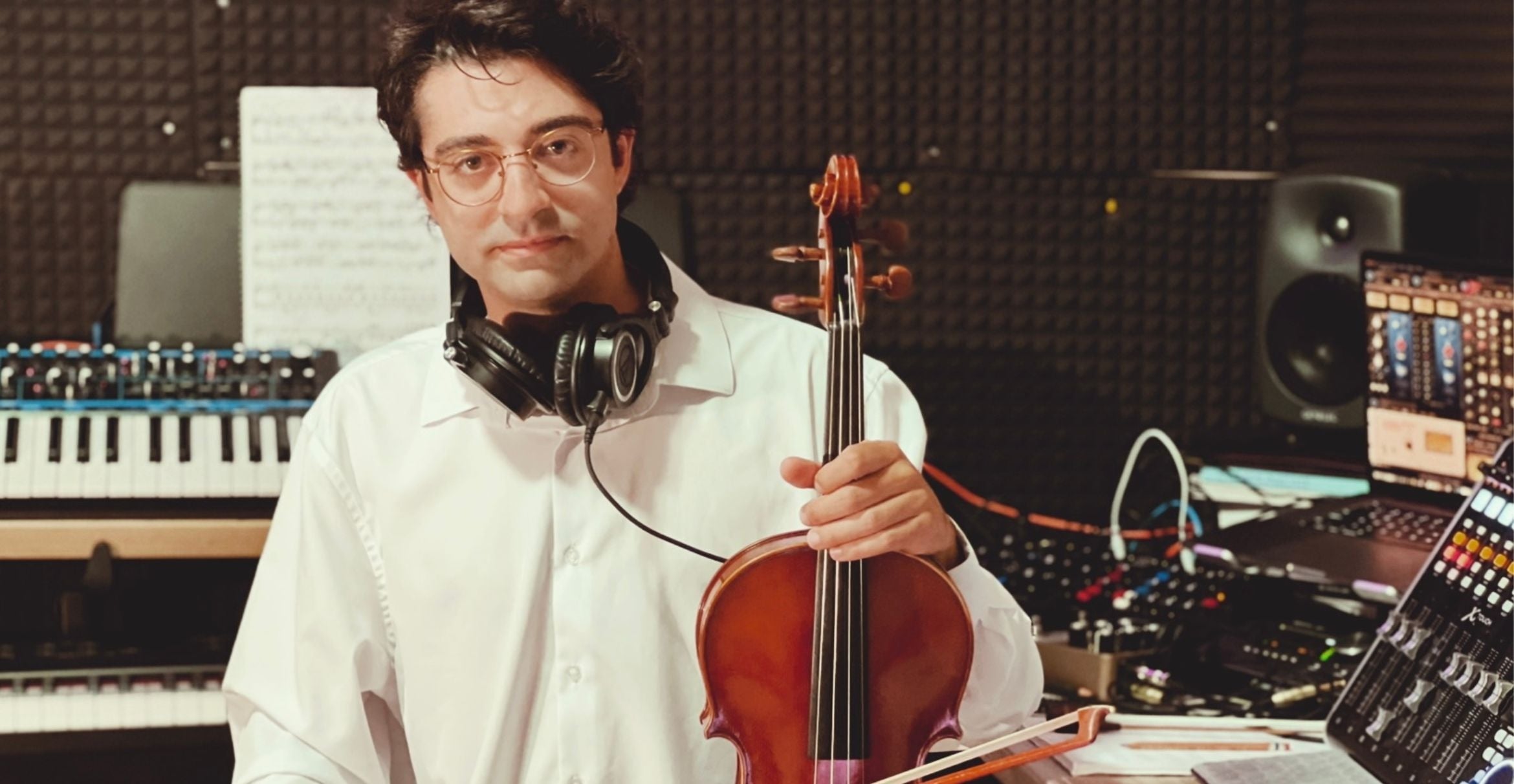Every Masters of Fine Arts (MFA) cohort at UC Santa Barbara is something of an art project. A group of artists from different backgrounds and interests share a creative space for two years to nurture their talents and grow as creatives.
Their collective expression as artists will be on display as the graduating second-year MFA students host their annual Open Studio May 11 through June 2 at the campus’s Art, Design & Architecture Museum. A reception will take place Friday, May 17, from 5:30 to 7:30 p.m. in the museum.
Titled “Temporary Clash” by the student artists, this year’s thesis exhibition “reflects the MFA cohort’s collective power or agency to assert an identity that defies easy categorization,” said Maiza Hixson, a second-year student in the program.
“We each pursue vastly different themes and artistic media within our practice, and we wanted the title to reflect that interesting creative tension,” she added. “We arrived at UCSB from myriad backgrounds and geographic regions; yet, through the thesis exhibition, we are collectively displaying our different voices and perspectives for a finite period of time. At a time of political double speak, our title resonates as forthright and truthful.”
Visitors to the exhibition will find a wide range of works from Hixson, Echo Theohar, Kayla Mattes, Madeleine Ignon, Andrew Morrison, Elisa Ortega Montilla, Adam Jahnke and Christopher Velasco.
Among the works on exhibit will be Hixson’s “Mi Casita Es Su Casita,” a tiny house done in Santa Barbara’s signature Spaniterranean style.
“My casita is meant as a hopeful and political gesture toward a more sustainable and affordable living standard for all,” Hixson said. “I believe in Cuban artist Tania Bruguera’s idea of ‘useful art’ and want my tiny home to reflect the human condition and our shared struggle to find acceptance and solid ground.”
For Hixson and the other MFA artists, the time spent on campus has afforded them a unique opportunity to explore and create in ways that both nurtured and challenged them.
“An MFA program,” she said, “is an inherently utopian space, in that we as artists were afforded the unique privilege of time and studio access to focus on what we love — creating a visual language that hopefully resonates with others.”








